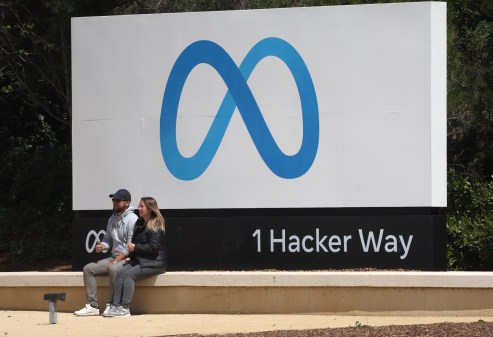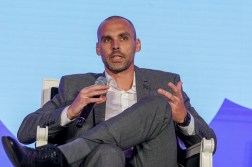GSA unveils ‘atlas’ guide of emerging tech

The General Services Administration debuted a new web repository chronicling the ongoing emerging technology projects of federal, state and local governments.
The U.S. Emerging Citizen Technology Atlas provides an umbrella destination for numerous projects and use cases for technologies with the potential to improve citizen services.
The GSA GitHub site covers the potential uses for technologies like blockchain, artificial intelligence, social technology virtual and augmented reality, the latter two of which will be updated in a second phase.
Justin Herman, head of the Emerging Citizen Technology program office for GSA’s Technology Transformation Service, teased the impending launch of the atlas at an Oct. 5 event discussing the potential applications of blockchain for federal agencies.
“What we do know is that there’s no shortage of problems that need to be solved,” he said at the event. “There are multiple programs looking at investing in this. We are sitting on tons of these use cases and we are going to be opening it up.”
The atlas aims to be a resource for stakeholders interested in the potential applications of new technologies, providing use cases, directories of active programs and resources, including organizations who have done research on the topics.
Herman tweeted Wednesday that the site was an attempt to provide users with a 360-degree view of the innovation happening in government.
Basically, U.S. Emerging Citizen Technology Atlas open sources what we see every day working across gov for the benefit of all. Just a start
— Justin Doc Herman (@JustinHerman) October 25, 2017
GSA officials said in a blog post on the agency’s site that the atlas provides a channel to monitor the fast-breaking development of new technology and how it can benefit agency mission.
“Emerging technologies develop and evolve at rates faster than some organizations traditionally move, so we need to find new ways to ensure our public services and the American people are informed from the start in order to identify opportunities to work together and avoid costly and time-consuming pitfalls,” the blog said.






